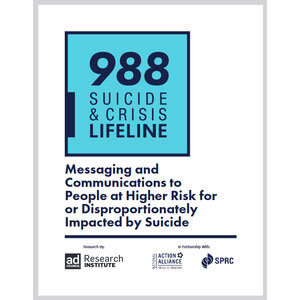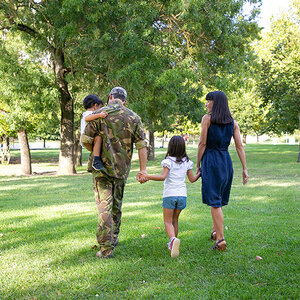988 Suicide & Crisis Lifeline: Messaging and Communications to People at Higher Risk for or Disproportionately Impacted by Suicide

According to a survey by the Ad Council Research Institute in partnership with the National Action Alliance for Suicide Prevention and the Suicide Prevention Resource Center, 14 percent of all respondents ages 13 to 34 said their mental health is somewhat or much worse compared to a year ago, with higher rates among American Indians/Alaska Natives (17 percent) and Asian Americans, Native Hawaiians, and Pacific Islanders (19 percent) in that age group. Supported by the Substance Abuse and Mental Health Services Administration, the report, 988 Suicide & Crisis Lifeline: Messaging and Communications to People at Higher Risk for or Disproportionately Impacted by Suicide (113 pages, PDF), found that rates were also higher for LGBTQIA+ respondents between the ages of 14 and 49 and those who have experienced suicidal ideation age 13 and older (23 percent each). About half of the respondents had heard of the 988 lifeline and 33 percent of the general population said they would use 988, while 29 percent said they were not very or not at all likely to do so. Respondents ages 13 to 34 (41 percent)—especially those who are Black (47 percent) and Latinx (43 percent)—and LGBTQIA+ respondents 42 percent) were more likely to say they would use 988, while rural older men ages 49 and older said they were not very or not at all likely to do so (41 percent). A companion toolkit provides messaging principles, trusted messengers, and campaign recommendations to help educate the public and increase use of the helpline.



